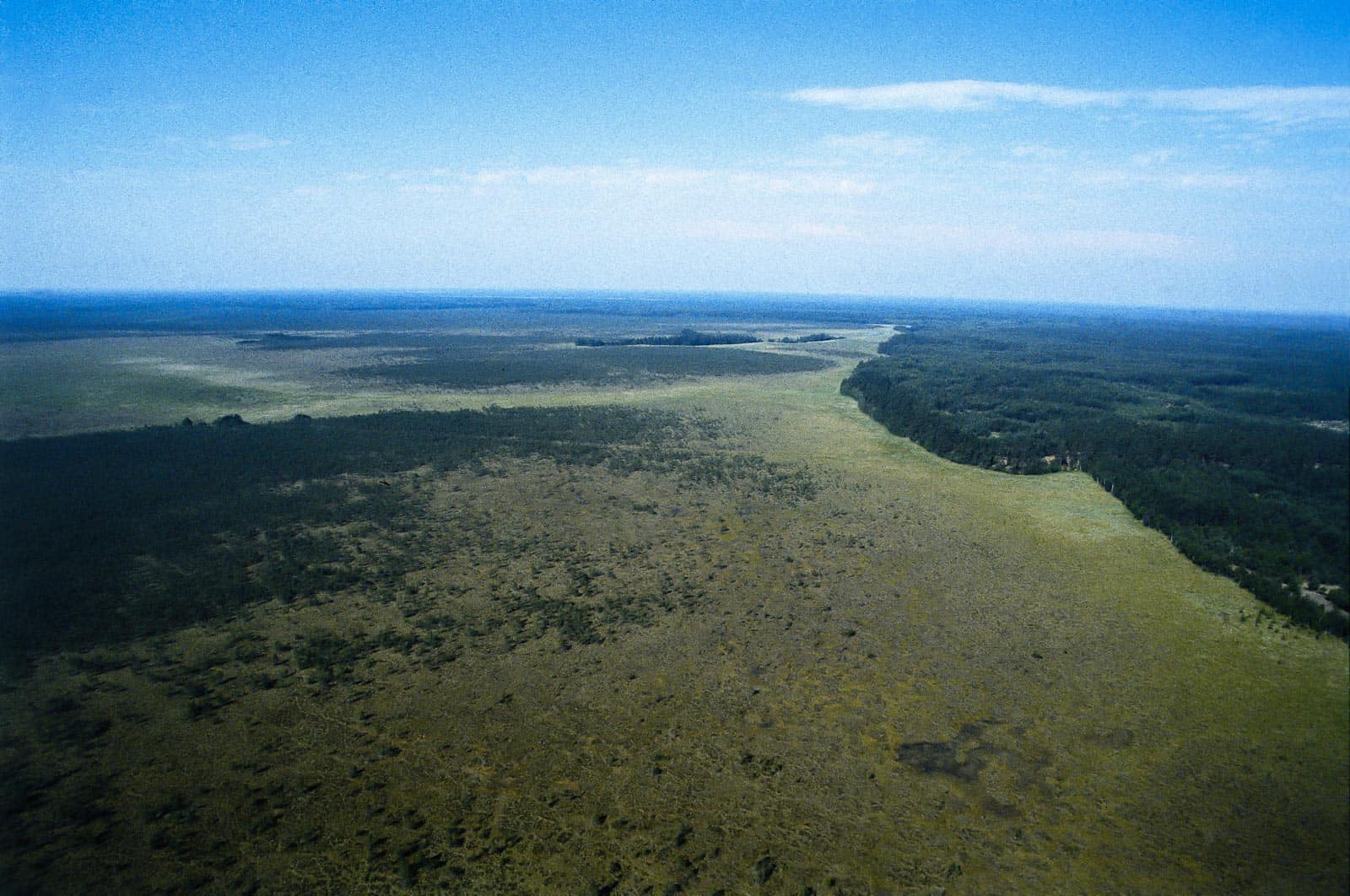Wilderness needs size
Wilderness in Europe is interpreted as an area governed by natural processes. And natural processes need space to freely take place without human disturbance. So, to fulfill its main purposs, Wilderness areas need a sufficient size.
Looking at the issue of size of Wilderness areas from the second important attribute, Wilderness experience, the size is obviously popping up in everyone´s mind immediately. It is difficult to experience Wilderness values such as awe, spontaneity, solitude and challenge in areas impacted by roads, noisy machines or grazing by domestic animals.
Please also read: Does Size Matter?
Size matters for wildlife…
Conservation biologists teach us that large Wilderness areas with connectivity to other Wilderness areas protect native species populations from inbreeding, random loss of adaptive genetic traits (common in small isolated populations) and disease. Even fundamental elements of Wilderness, such as natural disturbances like wildfire, flood, wind or drought, can only properly function in areas of large size.
There are also a number of species with specific habitat needs present only in Wilderness. These are particularly vulnerable to problems associated with small isolated habitats. So are large carnivores, which naturally occur in much lower densities than prey species. They spread thinly across large areas. Many of these vulnerable creatures are called “wilderness dependent species”. Small isolated Wilderness areas do not properly support their survival.

… and for humans
Some experienced Wilderness hikers and guides very strongly state that postage-stamp sized Wilderness areas pretty much sell a false Wilderness experience. In a small and fragmented Wilderness, people are missing fundamental elements of the experience – the power of the vastness, the complexity of spontaneous natural processes and the perception of the Wilderness´unique value.

Threat of compromises
Wilderness managers and supporters are often exposed to situations where they have to collaborate with traditional Wilderness opponents. These collaborations usually produce compromised Wilderness proposals that exclude most potential conflict areas in order to mollify the opposition. Resulting Wilderness areas are often inadequately sized, isolated and oddly-shaped. They are also laden with boundary intrusions and non-wilderness corridors that create many edges and minimal secure habitats.
If we like it or not, Wilderness needs size. Simply said, bigger is better.

Size = sustainability
Protecting and maintaining real Wilderness is going to be a bigger and bigger challenge. But unless we succeed to develop a better understanding and acceptance of what real Wilderness is and the importance of its size, connectivity and wholeness, it is unlikely that we will be able to pass Wilderness heritage to coming generations.








